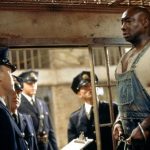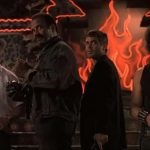🎬 Fury (2014) – A Gritty, Unrelenting Portrait of Brotherhood and Survival in the Final Days of WWII
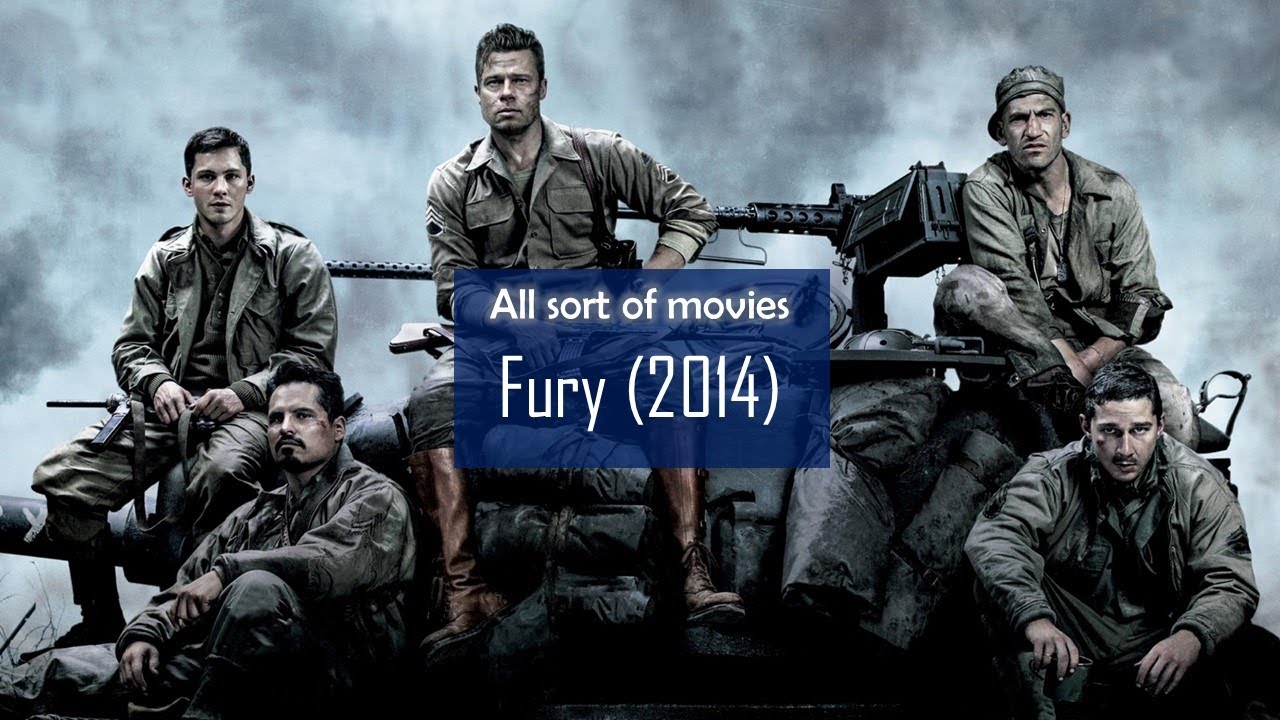
- Director: David Ayer
- Main Cast:
- Brad Pitt as Don “Wardaddy” Collier
- Shia LaBeouf as Boyd “Bible” Swan
- Logan Lerman as Norman “Machine” Ellison
- Michael Peña as Trini “Gordo” Garcia
- Jon Bernthal as Grady “Coon-Ass” Travis
- Release Date: October 17, 2014
- Genre: War, Drama, Action
Plot Overview:
Fury is set during the final months of World War II, in April 1945, as the Allies make their final push into Nazi Germany. The film follows U.S. Army Staff Sergeant Don “Wardaddy” Collier (Brad Pitt) and his loyal tank crew, who have been fighting together for years. They are assigned a new mission, commanding a Sherman tank nicknamed “Fury” as they embark on a dangerous operation behind enemy lines.
Joining them is Norman Ellison (Logan Lerman), an inexperienced young soldier assigned as their assistant driver. As the team faces brutal battles against overwhelming German forces, Fury explores the grim reality of war and the deep bonds that form between men who rely on each other for survival. The crew’s resilience is tested as they fight to the last, refusing to back down, even in the face of near-certain death.
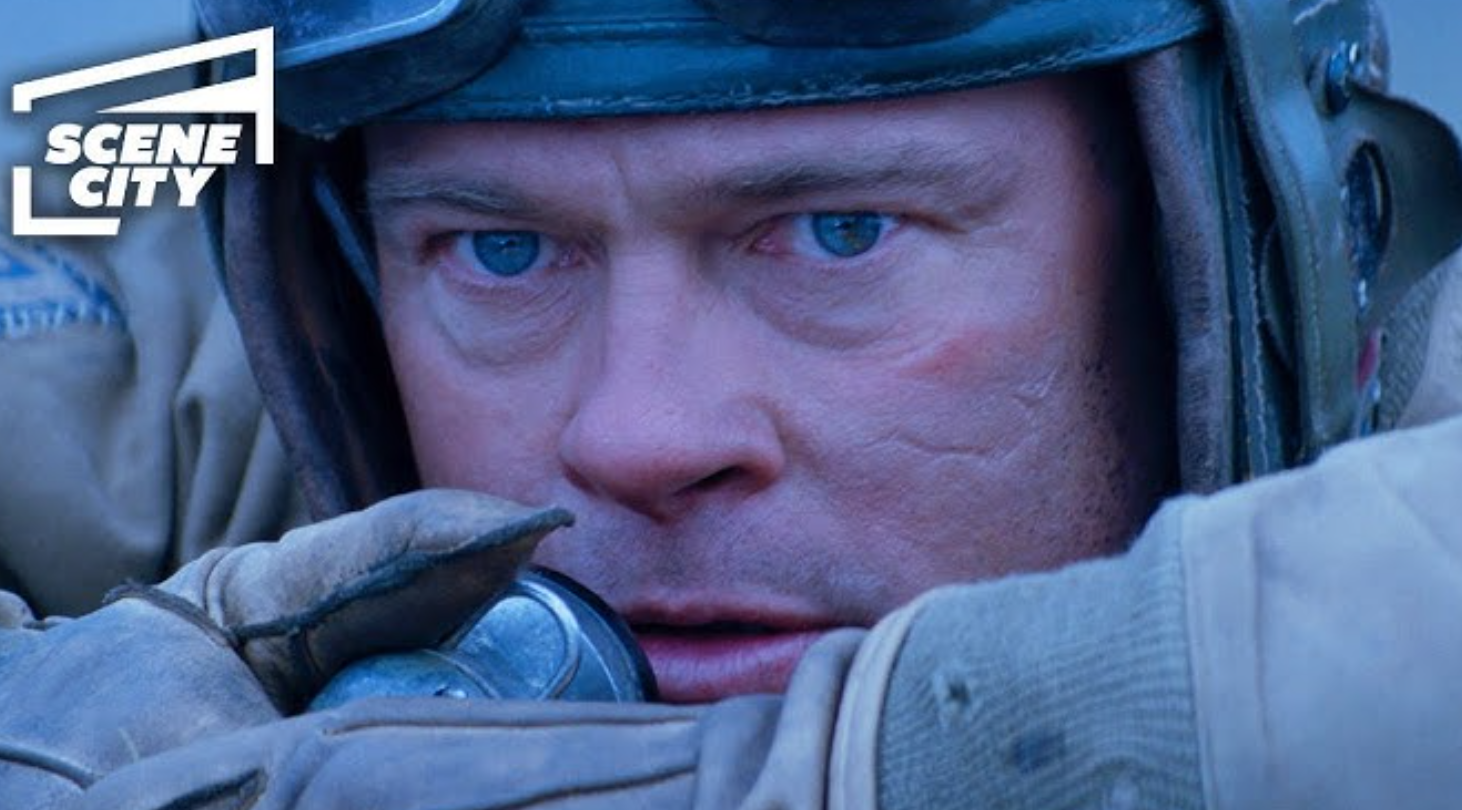
What to Expect:
- Raw, Unflinching Combat:
- Fury doesn’t shy away from depicting the brutal, chaotic nature of warfare. The tank battles are intense, loud, and bloody, putting the viewer right in the middle of the action. The film showcases the harsh realities of armored warfare, from the confined space inside the tank to the destructive power of artillery and explosives.
- Powerful Performances:
- Brad Pitt leads the cast with a commanding and layered portrayal of “Wardaddy,” a hardened leader haunted by the toll of war. His crew—played by Shia LaBeouf, Michael Peña, Jon Bernthal, and Logan Lerman—each brings emotional depth and distinct personalities, creating a tight-knit group that reflects both camaraderie and tension under extreme pressure.
- Emotional and Psychological Depth:
- Beyond the action, Fury is a study of the psychological toll of war. The film delves into how violence and death affect the soldiers, especially Norman, who transforms from an innocent recruit into a battle-hardened warrior under Wardaddy’s mentorship. This emotional arc is at the heart of the movie, highlighting the brutal loss of innocence in war.
- Claustrophobic Tank Warfare:
- Much of the film’s tension comes from the close confines of the Sherman tank. The crew must operate in tight quarters, where every decision could mean life or death. The tank becomes both a weapon and a claustrophobic prison as they face overwhelming odds against better-equipped German forces, including the fearsome Tiger tank.
- Authenticity and Historical Detail:
- Director David Ayer and the production team went to great lengths to ensure historical accuracy. The film uses authentic military vehicles, including real Sherman and Tiger tanks, and carefully crafted period details to immerse viewers in the era. The dirty, grimy, and war-torn landscapes of Germany in 1945 are depicted with stark realism.
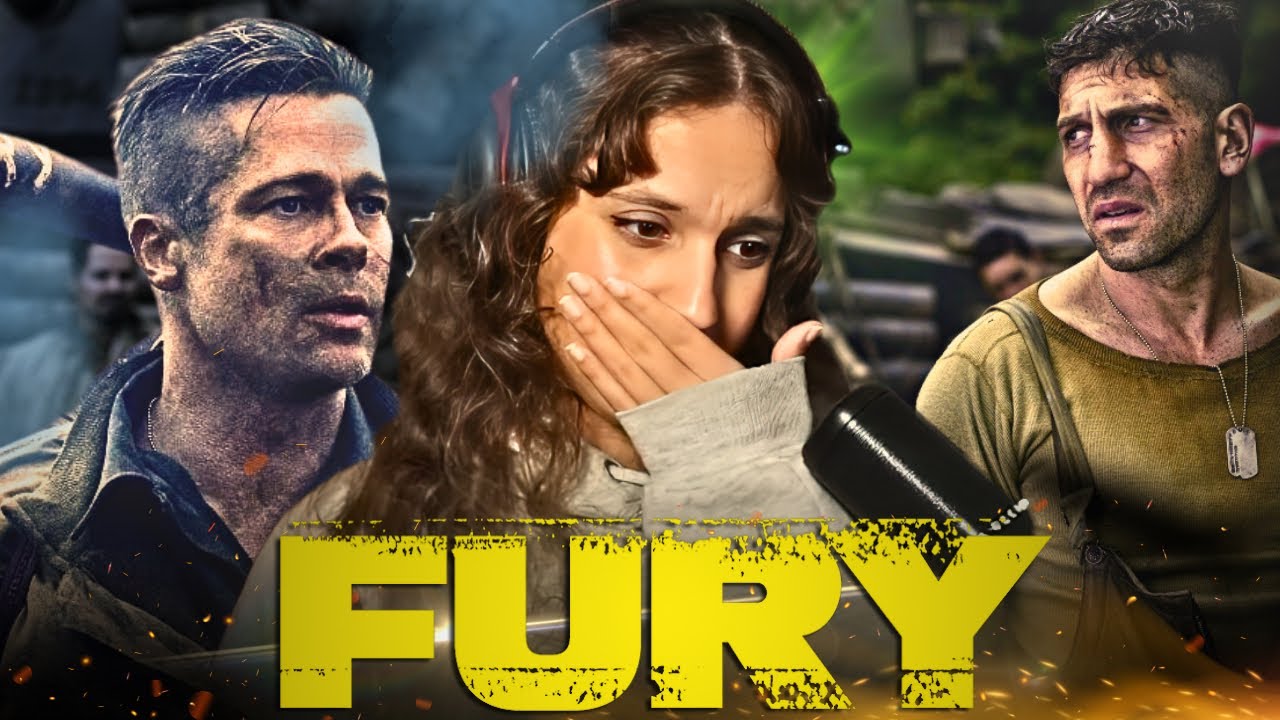
- Themes of Brotherhood and Sacrifice:
- At its core, Fury is about the bond between soldiers. The men of the Fury crew are more than just comrades—they are family, bound by their shared experiences and the need to protect each other. The film portrays the sacrifices they make for one another and the deep sense of loyalty that grows in the face of war’s horrors.
Cinematic Techniques:
- Grim, Realistic Visuals:
- Fury is visually striking, with its grim, muted color palette reflecting the devastation of war. The battlefield scenes are drenched in mud, blood, and smoke, creating a haunting, immersive atmosphere. The film’s visual style enhances the oppressive mood, capturing both the exhaustion and the brutality of the soldiers’ situation.
- Intense Sound Design:
- The sound design plays a critical role in creating the immersive experience of Fury. The clanking of tank tracks, the deafening roar of gunfire, and the explosions that rattle the battlefield bring the violence to life in a visceral way. The audio effectively communicates the chaos and sensory overload of war.
- Character-Driven Storytelling:
- While Fury is packed with action, it also takes the time to develop its characters. The film balances explosive set pieces with quieter moments of introspection, allowing the audience to connect with the crew members. Each character is given space to reveal their vulnerabilities, fears, and motivations, making their eventual fates even more impactful.
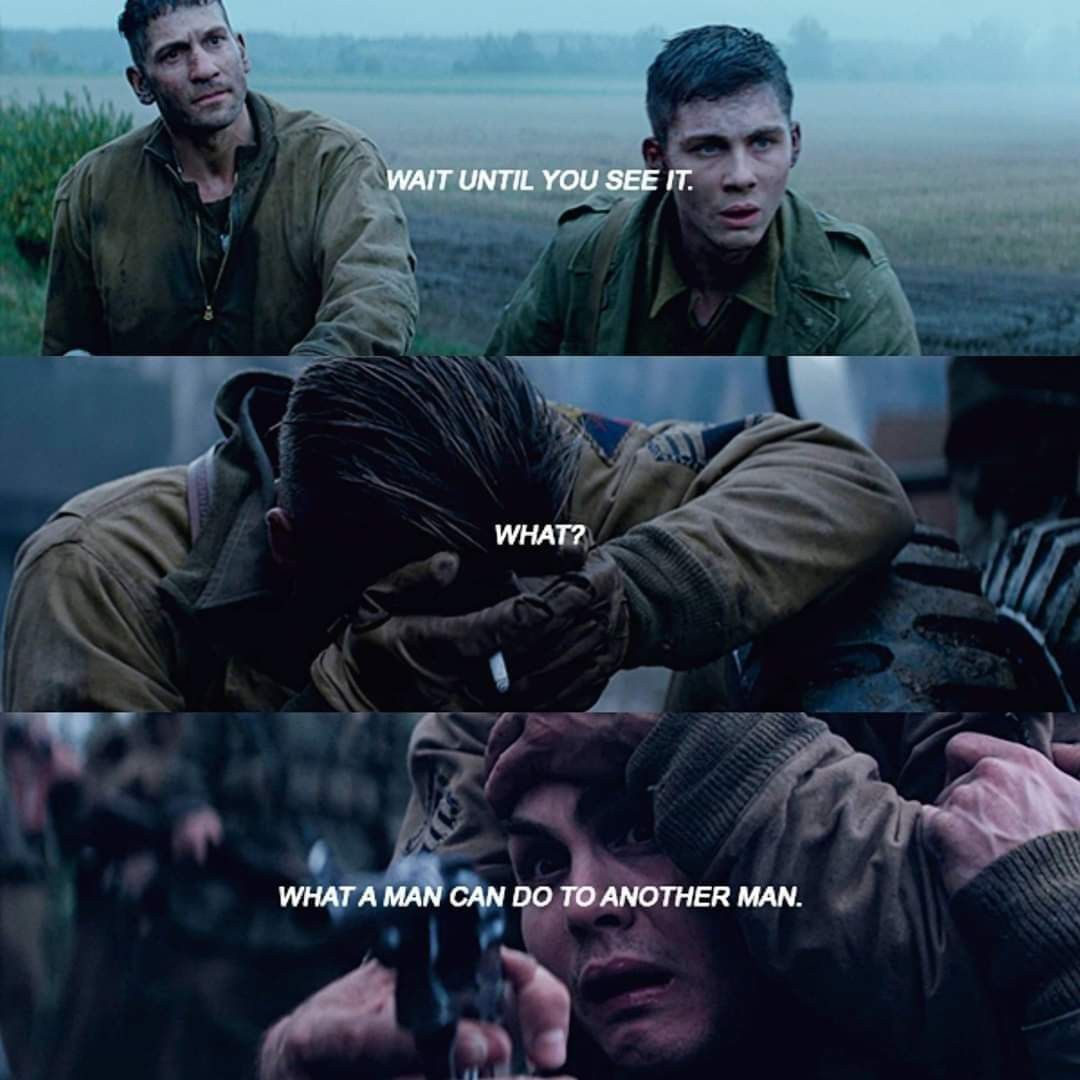
- Tense, Gripping Pacing:
- The pacing of Fury is relentless, with few moments of respite between battles. The film builds toward a climactic showdown that exemplifies both the futility and heroism of war, leaving viewers breathless as they witness the crew’s last stand.
Legacy and Influence:
- Redefining the War Film Genre:
- Fury brings a new level of intensity and realism to the war film genre, distinguishing itself from other World War II movies. By focusing on tank warfare, it offers a fresh perspective on the conflict, exploring an often-overlooked aspect of military history. The film’s gritty, no-holds-barred depiction of war earned it critical acclaim for its authenticity.
Suggested videos for you:
Suggested videos for you:
Suggested videos for you:
Suggested videos for you:
Suggested videos for you:
@licktowing11 Venom vs. Carnage – The Full Fight Scene! Venom 2 Let There Be Carnage #movie #highlights #moivehighlights #venom #acitonmoive
Suggested videos for you:
@lovrstify99 It’s a pivotal moment that showcases the dangers they face in their quest.
Suggested videos for you:
@licktowing11 Venom vs. Carnage – The Full Fight Scene! Venom 2 Let There Be Carnage #movie #highlights #moivehighlights #venom #acitonmoive
Suggested videos for you:
@licktowing11 Transformers The Last Knight (2017) #movie #moviehighlights #highlights #tranformers
